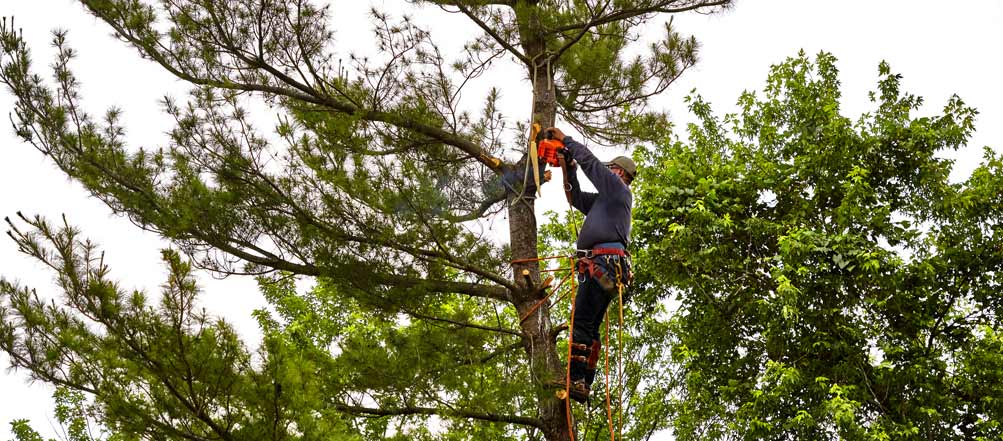The fall season in Texas brings cooler temperatures and shorter days, which means it’s also the time to start thinking about trimming trees. In winter, trees must stand up to some nasty weather, and if you haven’t prepared for it, you could wind up losing them.
So, where do you start? Here are some tips to keep your trees healthy and strong.
It All Starts with Tree Identification
As you prepare your trees for winter, it’s important to have some knowledge of their species, age and condition. If you need help with tree identification, contact your local arborist.
Inspect for issues
When the leaves start falling, you have a great opportunity to find
issues that were hidden by the warmth of summer. As you rake up your leaves,
look up and check for dead branches, noting the location and size of the
castoffs. It might be a good time to have larger limbs removed and inspected to
see why they died back. Also look for cracks or splits, which, if discovered
early enough, may only require cabling to restore back to health.
Focus on younger trees
With less extensive root systems, younger trees require the most care. Again,
this requires some basic knowledge of the trees on your property to identify
age.
Use tree protectors
To prevent bark damage, wrap the trunk of thin-barked trees like ash,
honey locust, linden and maple. These trees are susceptible to sunscald and
frost cracks that come with winter’s temperature fluctuations. Tree protectors help
guard the trunks up to the first branches. Keep them wrapped until the threat
of frost has passed.
Mulch tree base
You can improve water absorption, insulate against extreme temps and limit soil
evaporation by spreading mulch around the base. Place two to four inches of
bark, wood chips or organic mulch near the tree base, but not against it.
Prune when trees are dormant
Trimming trees in winter helps
remove dead branches and improve form. Don’t remove any branches without good
reason, and be sure to prune at the point where one branch joins a larger one.
When trimming oak trees, always paint any wounds.
Water your trees
Trees need water throughout the fall and winter months. A drought can damage or
kill your dormant trees. Rather than simply running a hose at the base of each
tree, water slowly with a sprinkler or soaker hose in the area from just
outside the trunk to the extent of the longest branches. The best time for
winter watering is when the temperature is above 40 degrees.
Plant in fall
Fall happens to be the ideal time to plant trees. Tree transplanting is much less taxing on your new tree when younger trees are sleeping. Roots have the most reserves of stored nutrients at this time, and reduced water consumption lowers stress on the root system.
Your best bet at keeping trees healthy and vibrant throughout winter is to seek the advice of a tree care professional. Not only can they help you prep your trees for the season change, they can set you up with a schedule for trimming trees in winter.

